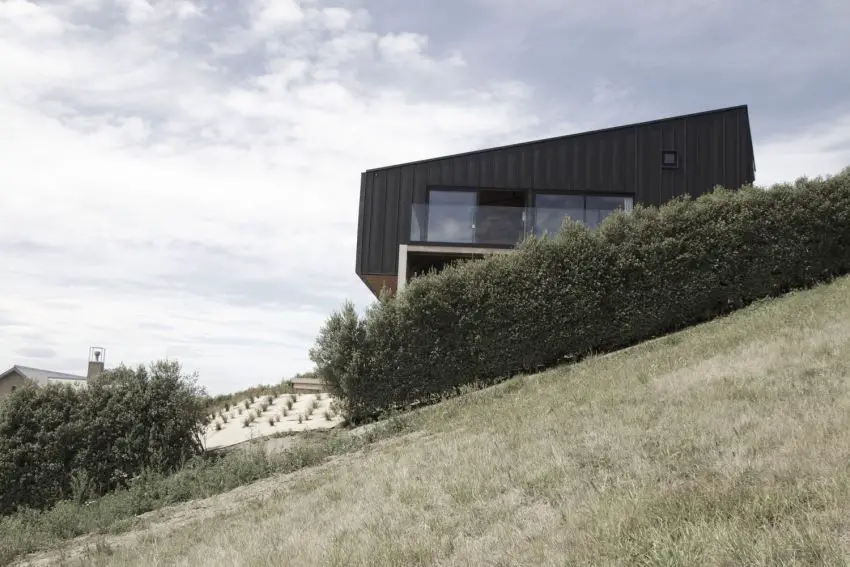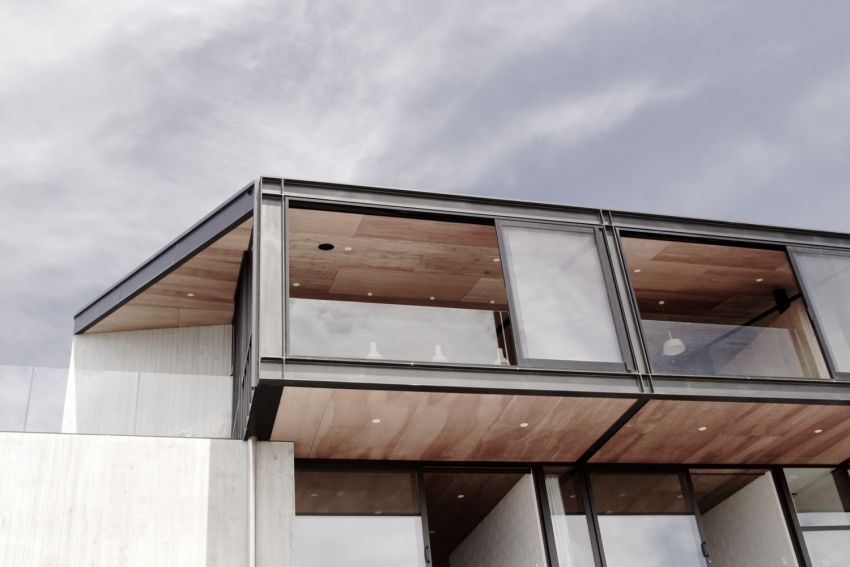The Passive Home That Defies Earthquakes
Almost 200 people died in the 6.3-magnitude earthquake which struck Christchurch, New Zealand in 2010, and many of the 300,000 inhabitants chose to flee the region following the destruction of their homes. But not everyone left—a pair of homeowners who lost their house to the quake decided to stay and rebuild their new home with a focus on resilience. The clients commissioned local studio Architects’ Creative to construct a new hillside home, named Ophir, that’s able to withstand seismic activity and maximizes access to natural light.
The house was built on a hillside, a symbolism which translates into resilience in the face of natural disasters and a vantage position which allows the place to always be on the look-out. According to Inhabitat.com, the contemporary 356-square-meter Ophis home was created with a sculptural appearance built using natural materials, including textured concrete, cedar, and black zinc cladding. Precast concrete walls and exposed structural steel frames help anchor the building into the hillside. Large floor-to-ceiling windows face panoramic views of the Southern Alps and bring in natural light to the living spaces set back to avoid harsh sunlight.
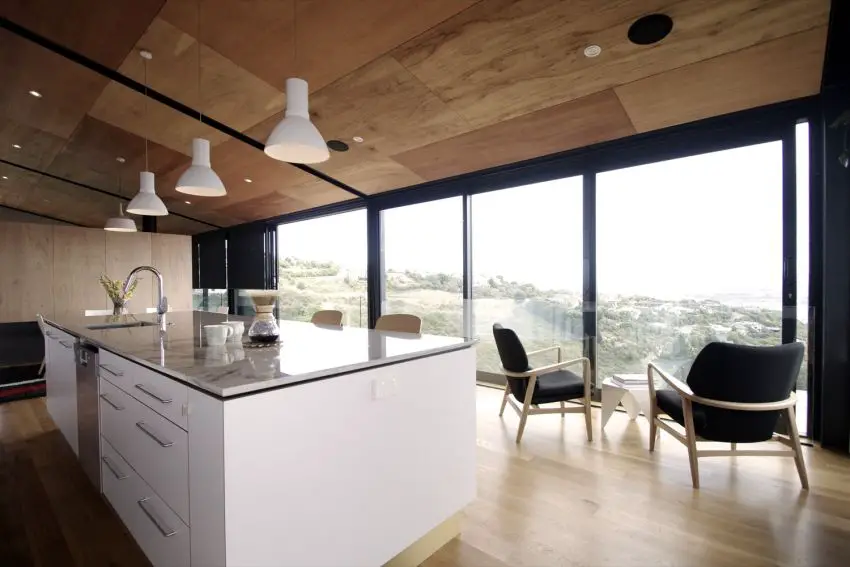
The passive home in Christchurch – open interiors, clad in timber
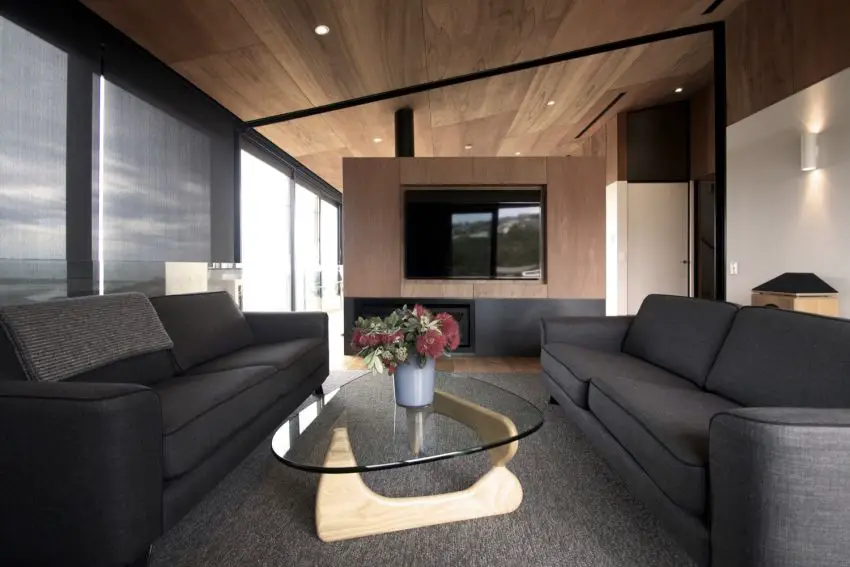
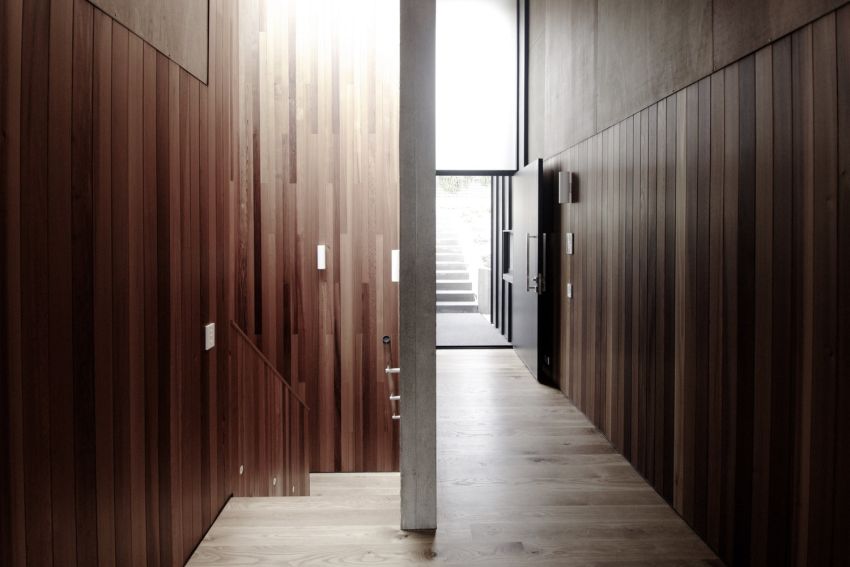
The home comprises two floors: the ground floor houses the main living spaces and master bedroom, while the lower level was built to accommodate a growing family. The beautiful modern interior features a similarly restrained materials and color palette. Timber finishes lend warmth to the interior and bespoke fittings add character. “The resulting home offers a sense of security, substance and permanence, and affords moments of calm within spaces for reflection, embodying a way of living to better suit its occupants,” write the architects.
Outdoor living is accommodated by eastern, western and northern terraces offering a choice for protection from prevailing winds and the ability to follow the sun as required throughout the day. The resulting home offers a sense of security, substance and permanence, and affords moments of calm within spaces for reflection, embodying a way of living to better suit its occupants.
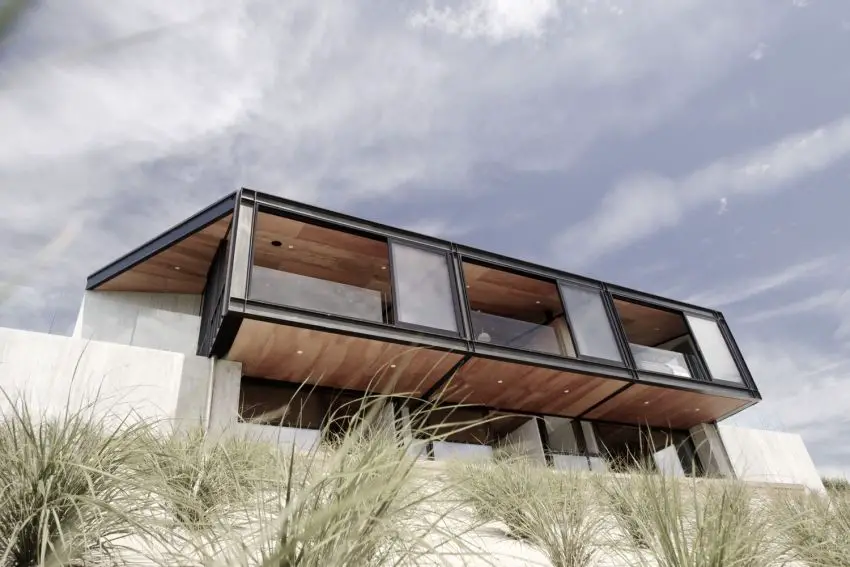
The passive home in Christchurch – large floor to ceiling windows connect the interiors with the outdoors
